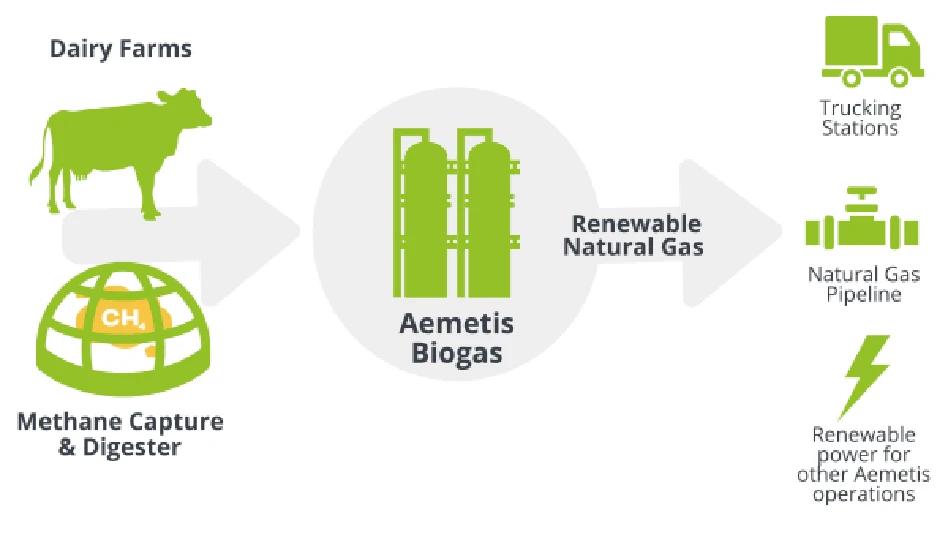
Ga_Na | stock.adobe.com
A study of the Summit County, Colorado, landfill has found that around one-third of all construction and demolition (C&D) waste could be diverted, reports Summit Daily News.
During a Summit Board of County Commissioners session Oct. 8, High County Conservation Executive Director Jen Schnek said that working to divert C&D debris should be a focus as the county seeks to meet diversion goals and extend the life of the landfill.
“I want to remind us the reason why [construction and demolition waste] is so important,” Schenk said. “We are estimating that roughly 30 percent of the landfill waste going into the [Summit County Resource Allocation Park] is construction and debris.”
Schnek added that there’s “very little” C&D debris being recovered, even though the county has set goals to divert 25 percent of C&D from the landfill by 2028, and 50 percent by 2035.
The county’s landfill is estimated to reach capacity by 2078, Summit Daily News reports.
The waste study, funded by the county’s Strong Features Fund, was conducted with assistance from Resource Recycling Systems (RRS), an Ann Arbor, Michigan-based sustainability consulting company.
RRS consultant Coryanne Mansell tells Summit Daily News that the study involved visual inspections of loads of C&D debris entering the landfill over two days to estimate the amount of material that could be diverted.
“The samples included projects from single-family residential, commercial as well as new construction, remodels and demolition projects,” Mansell says. “The intention was [to do] a visual waste audit. So, we’re not moving the materials when they were tipped at the landfill. We’re just visually auditing, so walking around the materials.”
The study encapsulates estimates for more than 250,000 pounds of materials over 68 samples, she adds. Materials were designated into 11 categories, such as wood, and broken down into subcategories like clean lumber or painted wood.
According to the study, debris from single-family residential projects accounted for about 70 percent of C&D debris. Commercial and multifamily residential projects accounted for roughly 20 percent.
Of the 68 projects contributing to the samples, 41 were remodels, 19 were new construction and eight were demolitions.
Wood materials made up the largest portion of the waste stream, accounting for more than 100,000 pounds or about 40 percent of the total materials inventoried in the study. Materials such as cardboard, aggregates, organics, scrap metal and rigid plastics made up a small portion of the waste stream; however, Mansell says 33 percent, or 86,000 pounds, of total materials have recovery potential.
Latest from Waste Today
- CRI submits comments to CalRecycle on CRV handling payments
- Reworld acquires EnviroVac Waste Transport
- Waga Energy partners on RNG project at France landfill
- Hawaiian county selects landfill site
- CAA submits final draft program plan in Oregon
- Washington city adds organics collection to waste service
- Aspen Waste Systems expands into Denver-metro market
- NYSAR3 seeks respondents to commercial recycling survey





